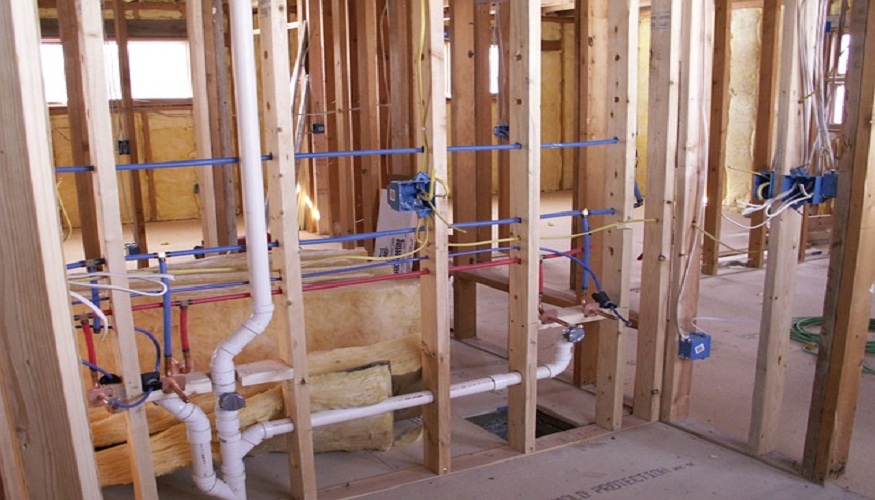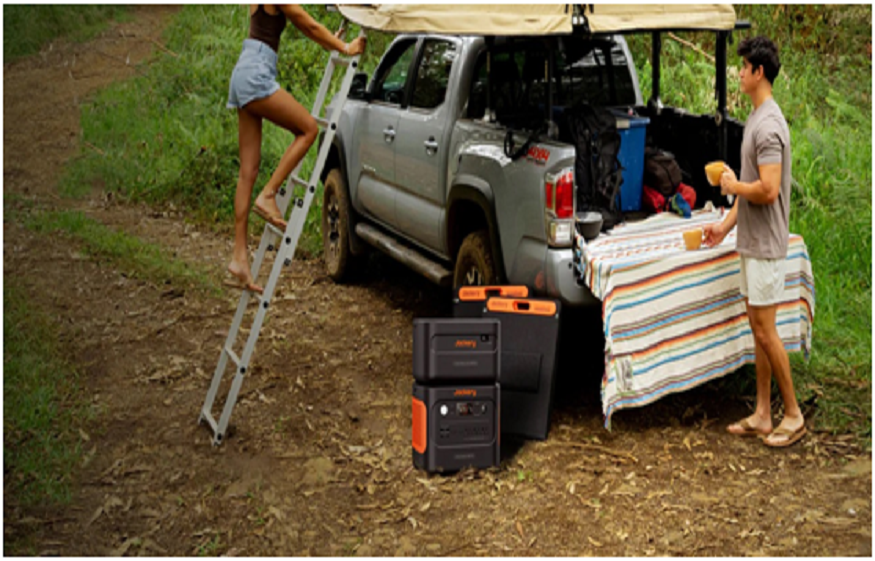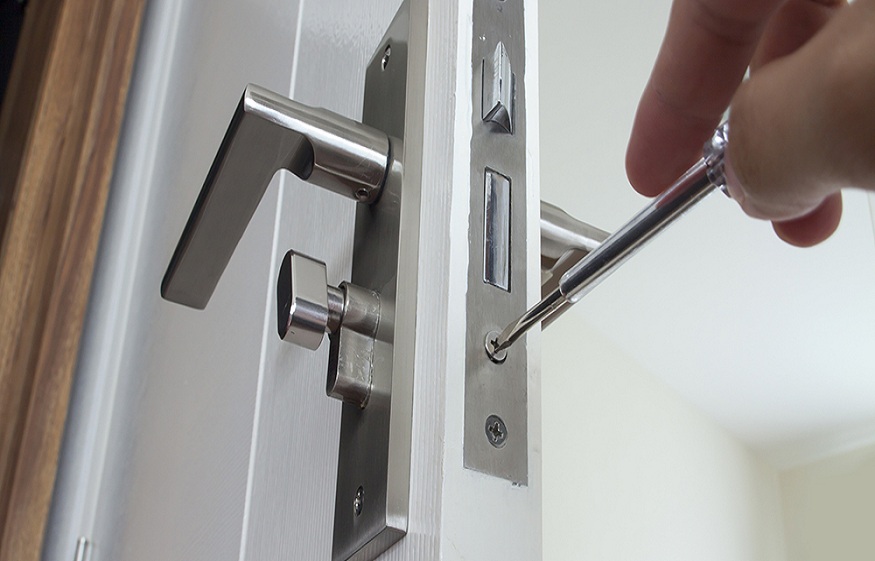How to Sort Out Leaks Behind Your Walls
Having running water in your home is one of the luxuries of modern life we’re so used to by now that we could never imagine living without it. But all that H2O running inside your walls can become a problem, for it can even intrude into your property from above and below.
Pipes can rust, freeze and burst; fittings can loosen or crack over time; gutters can get filled with leaves, leaving downspouts blocked; water can seep into your home’s foundations… A lot can go wrong, but the good news is that it can all be fixed if caught on time.
Identify The Leak
Regularly checking your home’s plumbing or getting professional inspections is the best way to spot potential leaks and deal with them before they have the time to become an issue.
But even if you’re as careful as possible, a leak can develop spontaneously, like a pipe bursting somewhere inside your walls. When something like that happens, you must identify the leak and take care of it immediately.
But what are the signs that you should look for?
Signs of a Leak Behind Your Walls
A leak inside your walls can sometimes go unnoticed for a long time, but some telltale signs will give away its presence eventually.
Knowing what these signs are is crucial to detecting leaks in time, as the longer a leak is left unchecked, the more damage it will cause:
- Musty odours;
- Wet spots;
- Discoloured areas;
- Unexpected mould;
- Dripping sounds;
- High water bill;
- Peeling paint or wallpaper;
- Warped walls or ceilings;
- Pools of water.
Potential Causes for a Wall Leak
This can happen for more than a few reasons. The most obvious culprit might be faulty plumbing, like a bad fitting or a burst pipe. Appliances like washing machines or dishwashers could also be leaking water, be it outside on the floor or from their connection to the municipal water.
On the other hand, water leaking into your walls could be caused by outside issues. Blocked gutters and downspouts will prevent H2O from draining from your roof properly, which can lead to it infiltrating your walls eventually.
Water soaking into your foundation because of improper drainage or high-ground waters could also cause leaky walls and structural damage.
To check whether your issue comes from internal or external plumbing issues, stop all faucets and water-using appliances.
Go to your home’s main water meter and write down the reading on it. Then, do not use any water for around three hours. After the time has passed, return to it and check the number. If it has increased, then you most likely have a leak somewhere in your house. If it hasn’t changed, then that means the water is coming from an external source.
How to Repair The Wall Leak
Now that you’ve identified your leak, it’s time to remedy it before it gets out of hand.
Exterior leaks can range from fairly simple to fix (blocked gutters and downspouts) to complex and expensive (grading issues). Inside leaks can go either way, as it really depends on where the problem originates and how easily it can be reached.
Interior Plumbing
If you’ve identified the signs of a leak and confirmed that the leak is internal, then the next step is to fix the problematic plumbing. The hardest part of a leaky pipe inside your walls is finding its exact location so you don’t have to dismantle half the house to reach it.
It might seem like the leaky pipe would be exactly behind the wet spot on your wall, but it might not even be on the same floor. Water can drip from a pipe and flow down the wall, collecting at the spot where the damp patch has formed.
You can use a moisture meter and/or infrared camera to locate the leak precisely. Both can be bought or rented at most hardware/home improvement stores.
The moisture meter will help you detect the wettest spot, while the infrared camera will show you the coldest spot on the wall. The sum of this information will prove very useful in pinpointing the source of the leak.
If you’re unable to resolve the problem, it’s essential that you turn to a plumber.
Exterior Above Grade Leaks
If your water problem’s source is external, you should check all the possible problem areas.
Clogged Gutters
Check your gutters and see whether they aren’t obstructed by leaves or other debris. Thoroughly clean out the gutters on all sides of your house, ensuring that water will flow unimpeded towards the downspouts, which should also be checked and cleaned.
Caulking
Inspect all external caulking for damage or wear. Replace any that could be a source of water intrusion. Use butyl-rubber caulk and apply steadily at a 45° angle.
Flashing
Flashing is installed around chimneys and other 90° angles on your roof to prevent water from leaking into your home. Worn-out or damaged flashing could be the source of your leak. Repair any flashing that seems out of order.
Exterior Below-Grade Leaks
These are trickier to pinpoint than the above-grade ones, as the source is underneath the ground. Some issues can be easy to fix once found. Others might require immense earthworks.
Downspouts
Even if your downspouts flow freely, they could still cause issues if the rainwater isn’t properly led away from your home. Downspouts draining into your property’s foundation could keep it soaked, leading to moisture infiltrating your foundation.
Check where the water from the downspouts flows and correct it if needed. Attach extension pipes and lead the water away from your house, preferably into a storm drain.
Sprinkler System
A leak from your sprinkler system could flow into your foundation and be the culprit behind your moisture issues. Check for wet spots along your sprinkler pipeline. If you spot an issue, dig up the pipe and repair it using compression couplings.
Grading
The grade of the ground around your home should slope away from it so water doesn’t flow towards the property and pool in the foundations. If the opposite is true, you will have to do some serious construction and earthworks to fix the problem permanently.
Basement Waterproofing
If you can’t prevent water from leaking into your basement, you must waterproof it. This can be done by digging a trench around the home’s foundations and applying waterproof sealant.
Alternatively, you could install a sump pump system inside your basement to ensure no water damage occurs.
Conclusion
Plumbing is a divine gift when working properly, but awfully annoying and problematic when it decides to break. Finding and repairing the leak can be quite the headache, but now that you’ve read our article, you’re more than prepared to tackle almost any leak that might arise!
If you’re unsure of your current skills, or the job is too large/complex for you to handle, then it’s time to call a certified plumbing company. They will take care of the problem effectively, and you will rest easy knowing it’s fixed for good.



